High Desert Realm, the Arid Splendor of Joshua Tree National Park
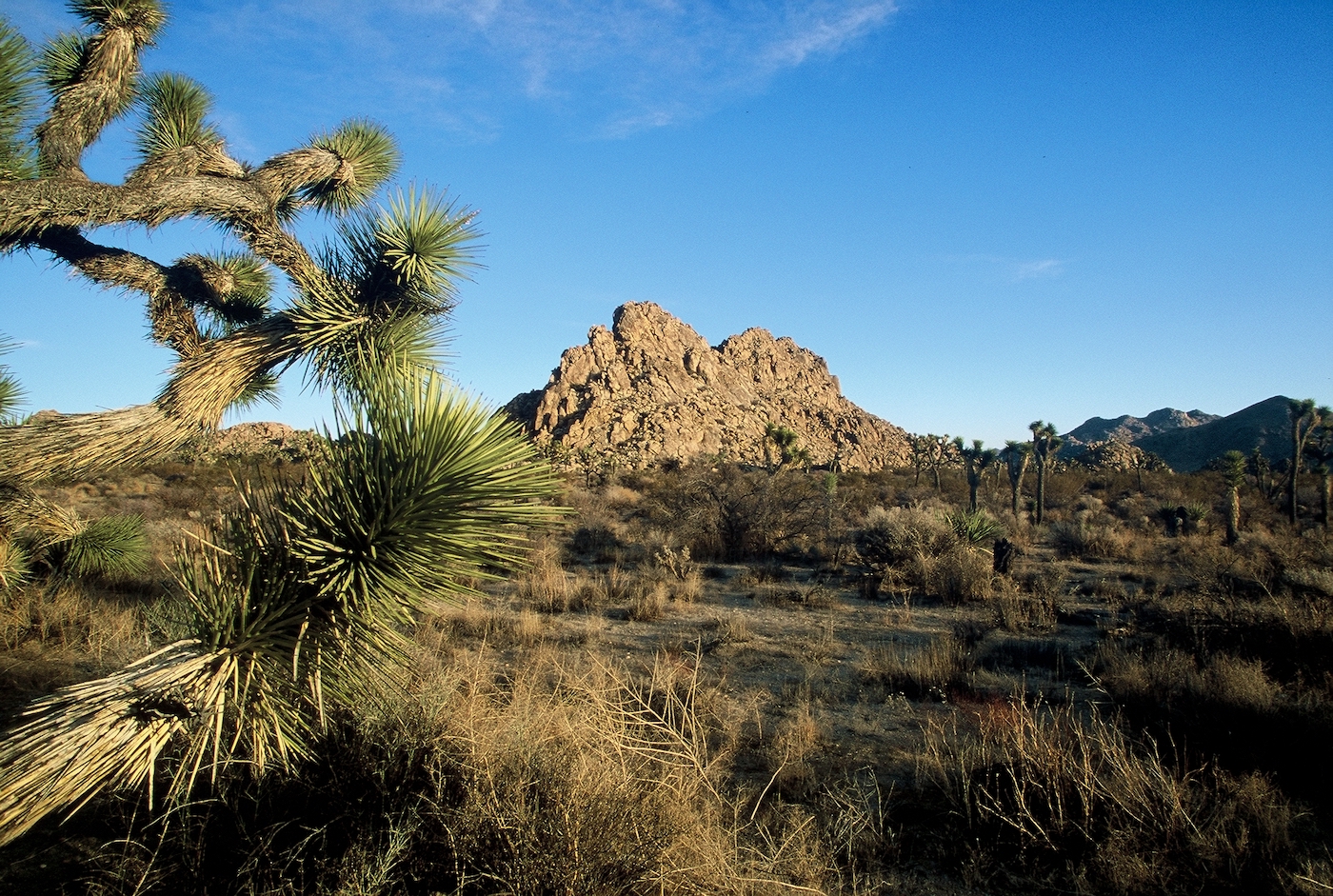
It sounded like loud cannon blasts hidden away, echoing ahead in massive clusters of boulders somewhere in Joshua Tree National Park.
I scrambled up into the direction of those deafening booms, a natural cathedral of granite spires, cliffs, and rock concealing two desert bighorn sheep rams in predawn light. They were in the rut battling like gladiators over ewes and their high desert realm.
How a victor was determined, I will never know. Beyond the colossal butting of heads, thick, curled horns remained intact while each combatant sauntered off in opposite directions, melding into the vastness of the desert. There seemed to be an agreement reached, a natural moment in mystical, idyllic Joshua Tree.
Deserts Converge
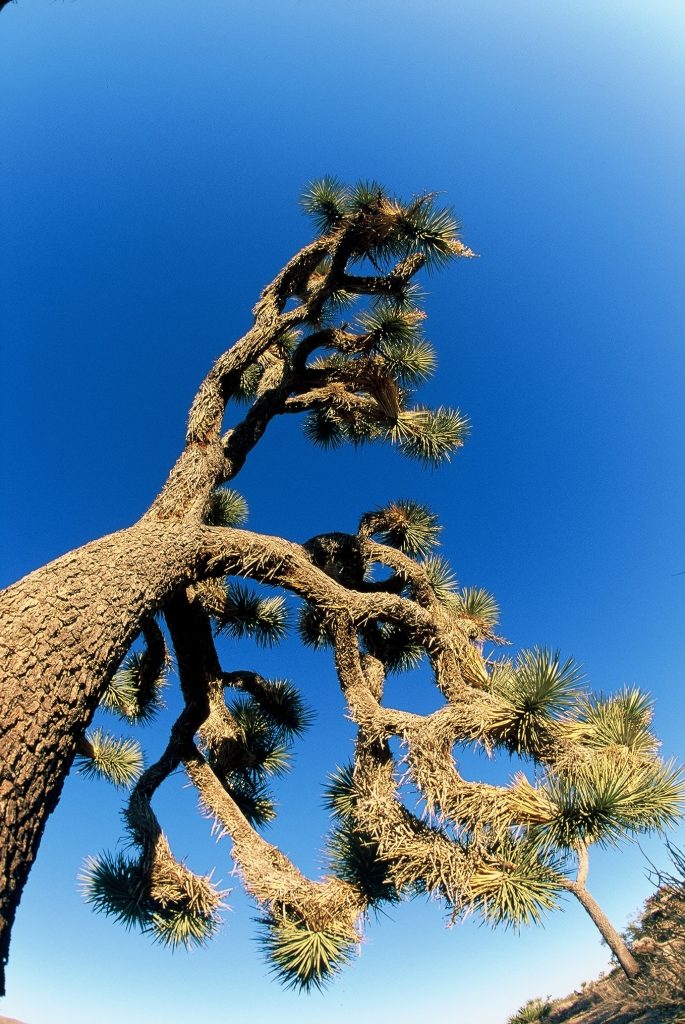
California is the most diversified state in America. Joshua Tree is a fine example of that biodiversity. It’s otherworldly where the Mojave and Colorado deserts converge, where the spindly Joshua Tree stands over the expanse of creosote bush, cholla cactus, yelping coyotes, and the chuckwalla.
The only place remotely comparable to Joshua Tree in appearance is the Alabama Hills in the Eastern Sierra. Those high plains lack any Joshua Trees, but the stacks of gritty granite slabs are a suitable distant cousin. The Joshua Tree National Park website describes enjoying the gangly trees’ “grotesque appearance.” I would describe them as utterly unique, one of a kind, a fine representative of the agave family.
Sunrises and sunsets are especially incredible, the Joshua Tree’s rangy limbs seemingly in the middle of a desert trance worshipping the myriad of abrasive monzogranite contours that bound for 800,000 acres across this high desert biome.
Yet, the Joshua Tree doesn’t stand alone. Despite its seemingly barren, lifeless landscapes, diversity abounds throughout this national park. From its brittlebush and cacti-choked veldts to its six stark mountain ranges majestically surging throughout the ecosphere, there’s much to explore in Joshua Tree. In fact, much of the park’s landscape hovers above 4,000 feet, and occasionally receives snow. And even though Joshua Tree looms desolate and parched, it boasts nearly 800 species of desert flora. Documented are 145 species of lichen and 15 species of cacti that thrive in this “desertscape.” If it rains just enough and the temps remain mild, springtime wildflowers are just the right contrast against the gritty granite, a natural wonder of fleeting colors splashed across the desert for a few brief weeks.
Dwellers of the Desert Sphere
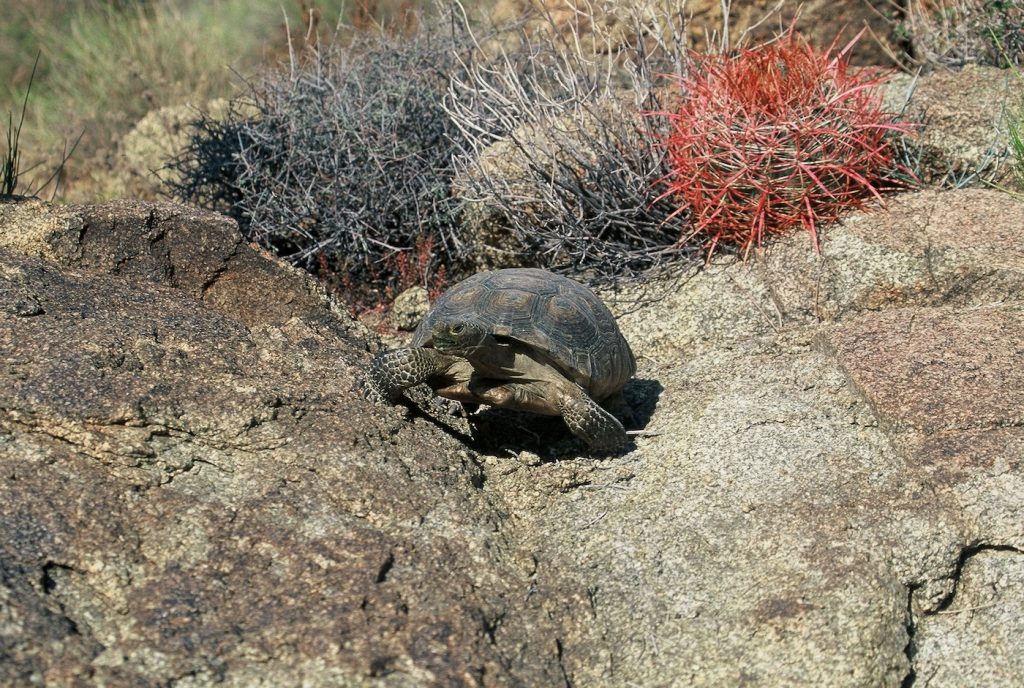
Joshua Tree National Park is dominated by rock, but there’s a lot of life thriving in and around all those crags. Coveys, alcoves, cracks, and fissures are dwellings for 46 species of reptilians, and 25 of those are of the serpentine variety.
One of my favorites to see and photograph is the stocky, 16-inch-long common chuckwalla. Part of the iguana family, they are slightly menacing in appearance with loose folds of skin covered in coarse granular scales. However, they are not a threat to humans. To get good looks at them requires moving slowly and gradually around their arid habitat. They don’t venture far from their craggy lairs and are easily spooked at any inkling of a threat as they scurry for cover.
When they feel threatened, they’ll squeeze back as far as they can go within their lairs with the ability to inflate their lungs to thoroughly wedge themselves in tight. They were a reliable food source for the Cahuilla people who once inhabited the region.
The desert wouldn’t be the desert without the desert tortoise. Seeing one is another matter though. That’s because they spend 95 percent of their lives in burrows where they dig out a shelter and keep cool when ground temps can reach as high as 140 degrees. Native to the Mojave and Sonoran deserts, they are found clambering over rocky habitat and sandy washes of Joshua Tree.
These desert herbivores require grasses in their diets, desert flora that is tough to come by in Joshua Tree. However, it’s a food source they search for with the very limited time they spend above their burrows.
Lifeblood of the Barrens
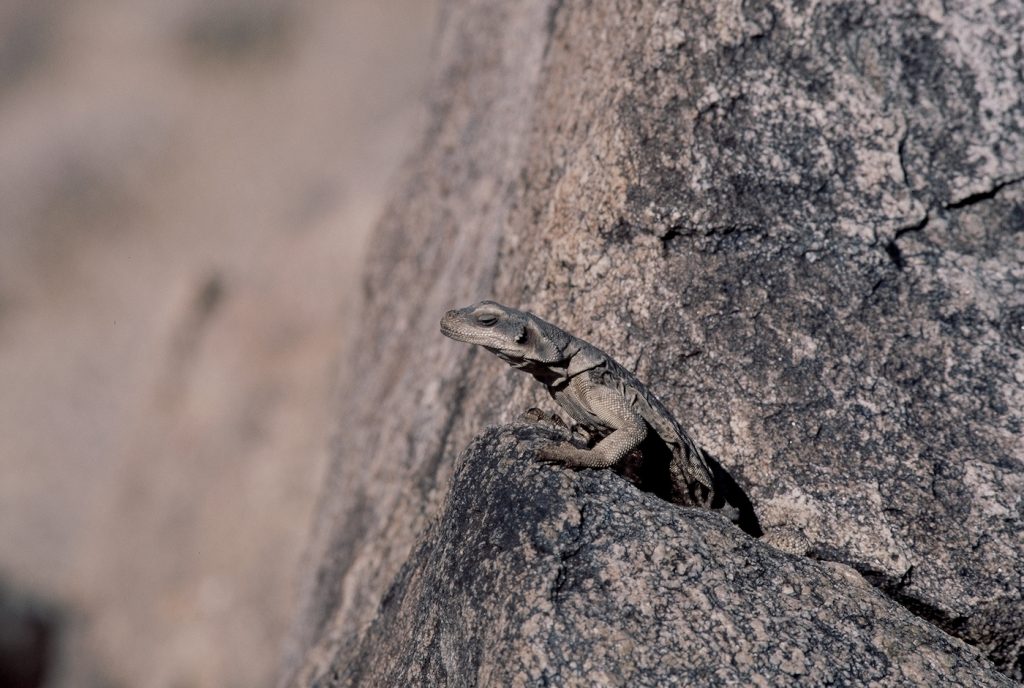
There are several year-round sanctuaries found throughout Joshua Tree that offer respite in the harsh desert environment. The California fan palm tree is the only native palm tree in the Western U.S., and there are 158 fan palm oases in North America, but five of those oases stand tall in Joshua Tree National Park.
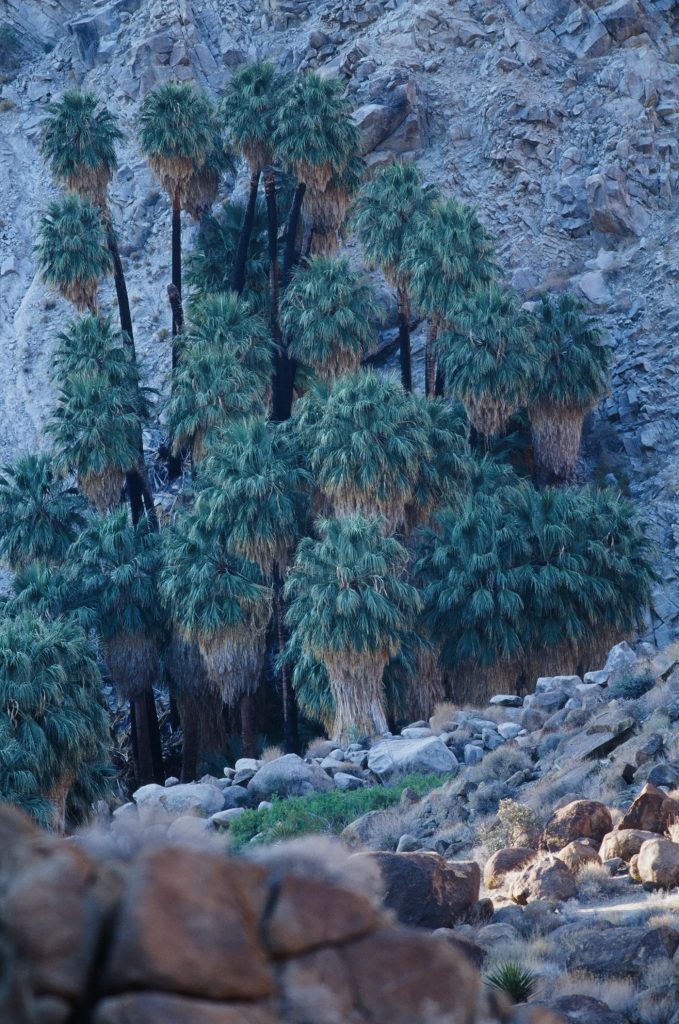
Two of those oases are in plain view; one at the visitor’s center, and the other at Cottonwood Springs near the west entrance to the park off Highway 10. Two others are found on two of the best trails in the national park.
The short, threee-mile, out-and-back Fortynine Palms Oasis Trail is highly concentrated in granite, barrel cactus, creosote bush, brittlebush, collared lizards, and finally a narrow canyon that feeds a fan palm oasis. Whether there are 49 palms at this tranquil oasis, I don’t know, but when you’re in the desert, an oasis beckons hikers to soak in the solitude a wellspring offers. There’s only 300 feet of elevation gain on this easy hike. The maintained route meanders through boulder-choked canyons filled with migrating birdsong, like the melodious, black-throated sparrow seen and heard throughout the hike.
The other hike is out to Lost Palms Oasis, a 7.4-mile, out-and-back route rambling over rolling, sandy hills, and washes. Eventually, hikers will look down into a boulder-choked canyon full of at least 100 verdant fan palms.
Many of these oases thrive out of fault lines in narrow canyons where they can suck up available groundwater. Ironically though, as much as an oasis breathes life into the desert, and offers wildlife a water source, a flash flood in the desert can wipe out a whole stand of fan palms.
Each healthy, mature fan palm can weigh three tons and produce approximately 350,000 seeds. Birds, insects, and mammals enjoy eating the palm fruit, and as they do, they spread the seeds around to germinate, promoting future fan palms to grow elsewhere in the desert.
One of the desert’s mainstays, the coyote is especially adept at spreading seeds around. They eat the fruit at one location and deposit their seeds elsewhere as they lope throughout Joshua Tree, a Southeastern California haven for flora and fauna, and hikers too.







